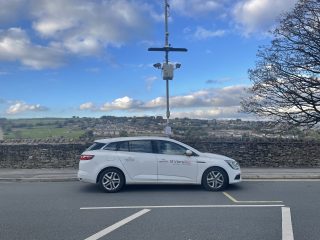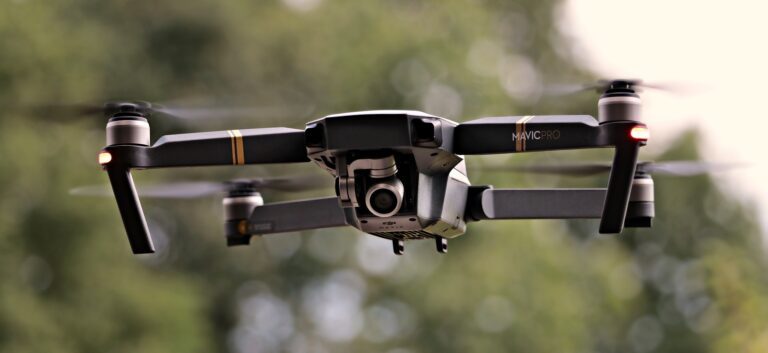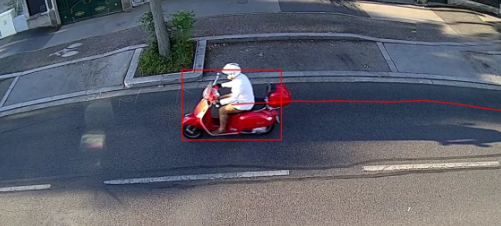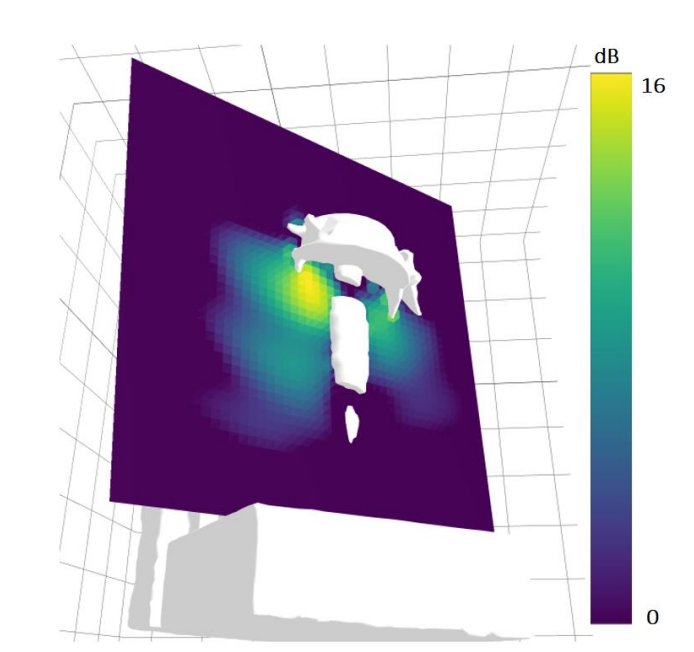L’agence européenne pour l’environnement et l’organisation mondiale de la santé ont estimé que le bruit des transports est responsable de 100 000 morts prématurées par an en Europe. Le coût social du bruit en Europe est estimé à 40 milliards d’euro annuel. 90% de ce coût est relatif au trafic routier.
Le normes Européennes sont de plus en plus restrictives et ont forcé les constructeurs à produire des véhicules plus silencieux. Les véhicules dont la cartographie moteur ou le système d’échappement ont étés modifiés sont souvent légalement réprimandables, mais en pratique restent complexes à appréhender. Ce papier présente le système innovant DBFlash, qui permet le monitoring acoustique pour la détection, l’identification et la verbalisation des véhicules bruyants. Le but étant une utilisation similaire aux radars de vitesse









